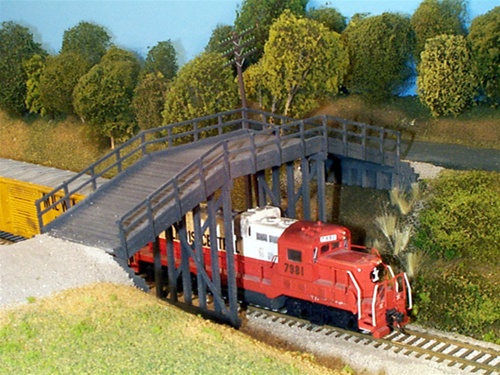Okay, a bit melodramatic, but I’m happy and relieved to announce that the re-construction effort has finally started on the Louisiana Central Railroad physical plant (in other words, the building housing the railroad). For those of you that are relatively new readers of this blog, my town suffered a horrific flood on August 13, 2016. You can read the post detailing the flooding event here, and the aftermath (with photos) is reported here.
It took about 15 months to get my home restored and to move back in, then another year to get the place refurnished and back to somewhat the way it was before the flood. Then one thing after another stood in the way of working on the train building. But mostly, it was because I’ve had significant trouble mustering the will and energy to get out in the train building to do the work. But I’ve started the process, and hope to continue on a regular basis with the work.
Fortunately the building has been remediated, that is, the flooded areas of the building were removed right after the flood, including flooring, drywall, insulation, cabinets, etc. The building was cleaned up, sprayed for mold, and is thoroughly dried out. I’ve taken advantage of the walls being open below that level to add several new electrical receptacles (about ten in all) in places where I had wished I had some. I’ve also covered the entire layout with plastic to protect it from drywall dust. The work that I’m doing now is a little more demolition. I know that demolition doesn’t sound like re-construction, but what I’m doing is removing a bit more drywall to get it up to a joint at the four foot level. This should help ease the task of hanging the new drywall.
Progress may be erratic at times because I’ll be hoping to procure some volunteer labor to do some things that I won’t be able to handle alone (hanging the drywall is one of those things).
I’m still debating what flooring to use now. The original flooring was a commercial grade, short pile carpet glued to the floor. I really liked that flooring, but won’t be able to replace it, as there are now 46 legs supporting a layout in the way of installing another roll of carpeting. One option I’m considering is LVT flooring planks, installed as a “floating” floor. This, I think, would be doable, as I believe I could temporarily remove individual legs in order to install the plank below it.
Wish me luck!
-Jack

